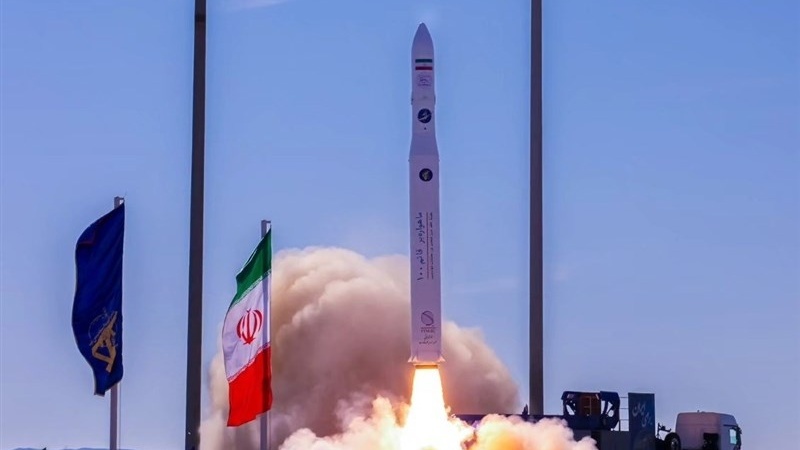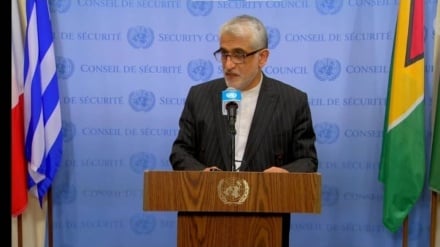20 Iranian satellites under construction after space leap in the past year
Pars Today - The Iranian space industry had a busy year in 2023 with 7 space launches, and the new year is also expected to be a prosperous one with the construction of 20 satellites and a space station.
The preparation and approval of the 10-year plan of the country’s space industry in the Supreme Space Council of Iran, the unveiling of new satellites, 7 research and operational space launches, the development of international space cooperation with countries with space technology, the start of construction of the largest space station in the country in Iran’s southeatern port of Chabahar, and the start of the design and construction of Shahid Soleimani satellite constellation are part of the achievements of Iranian space industry experts and scientists in the past year.
The Noor 3 satellite, which was a reconnaissance and measurement satellite, was launched into space in October of last year - on the occasion of mid-Shaban - by Qassed three-stage, combined satellite launcher at a speed of 7.3 kilometers per second. After the launch, it entered a 450-kilometer orbit.
The revival of life in space for the first time after 10 years was another space achievement in 2023. In this period, the latest Iranian bio-capsule named "Kavosh" was successfully launched into space by the indigenous "Salman" launcher.
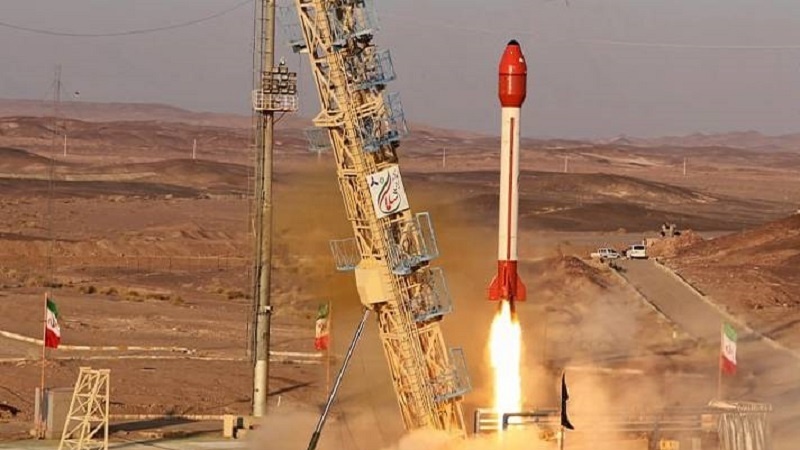
This bio-capsule is a scientific, research, and technological achievement in line with the realization of the roadmap for the plan to send humans to space. It was launched to an altitude of 130 kilometers from the Earth's surface in order to develop and acquire the necessary technologies in this field.
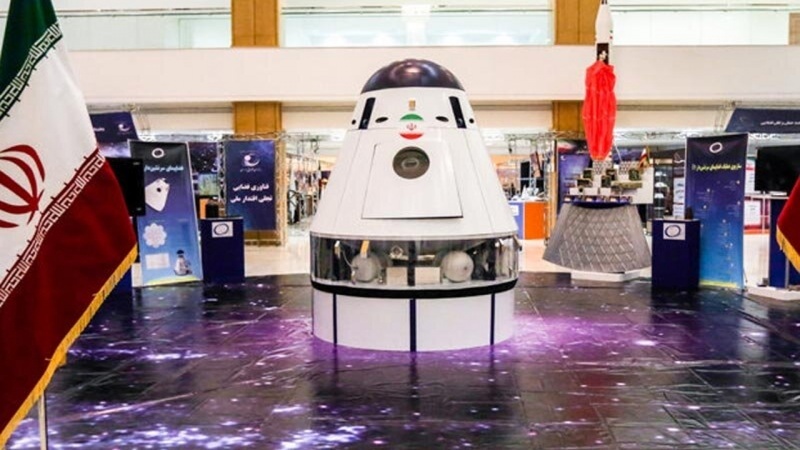
With the successful launch of this 500-kg capsule, which was built by the Aerospace Research Center of Iran’s Ministry of Science, Research, and Technology at the request of the Iranian Space Agency, the development of various technologies for the plan to send humans to space were tested. Technologies such as the launch, recovery, speed control systems, and shock absorbers, the capsule's aerodynamic design and parachute, and systems related to the control and monitoring of biological conditions.
Also, the Qaem 100 satellite launcher successfully placed the indigenous Sorayya satellite, from the SRI series of research satellites, built by the Iranian Space Research Center, into a 750-kilometer orbit around the Earth in December 2023, setting a new record for satellite launch altitude in Iran.
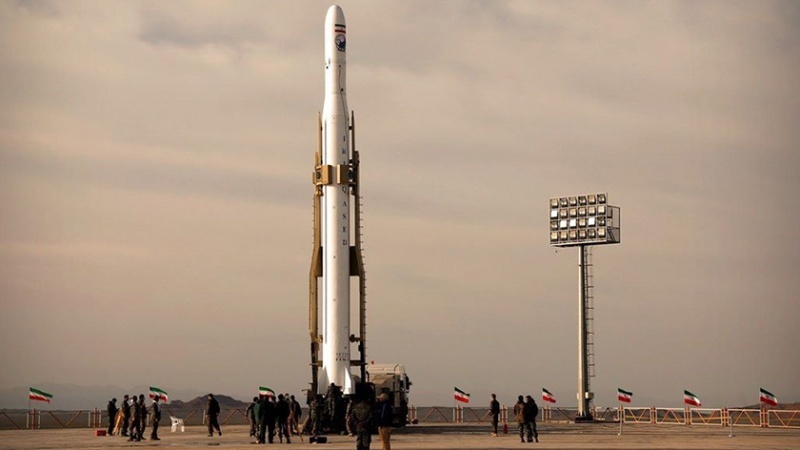
This solid-fuel satellite launcher is capable of carrying payloads weighing up to 100 kilograms into a 500-kilometer orbit. In its third test launch, it set a new record for indigenous launches by successfully placing the 50-kilogram Sorayya satellite into a 750-kilometer orbit.
This launch was a significant step towards increasing the capability of injecting satellites into higher orbits.
In February of last year, Iranian space experts placed three domestic satellites into orbit simultaneously with an indigenous satellite launcher for the first time.
The three Iranian satellites, Mahda, Keyhan 2, and Hatef 1, were launched into space for the first time on the Simorgh satellite launcher, which was built by the Iranian Ministry of Defense and Armed Forces Logistics. They were placed in a 450-kilometer orbit.

The Mahda satellite is a research satellite that was designed, built, assembled, and tested at the Iranian Space Research Center. The Kian 1 and Hatef 1 nanosatellites were also designed and prepared for launch by the Iranian Electronics Industries company (SAIRAN).
Iran's last satellite launch in 2023 was in March, when the 134-kilogram Pars 1 satellite, from the series of research and measurment satellites, was launched into space by the Soyuz launcher from the Baikonur Cosmodrome in Russia. It was successfully placed into a 500-kilometer sun-synchronous orbit.
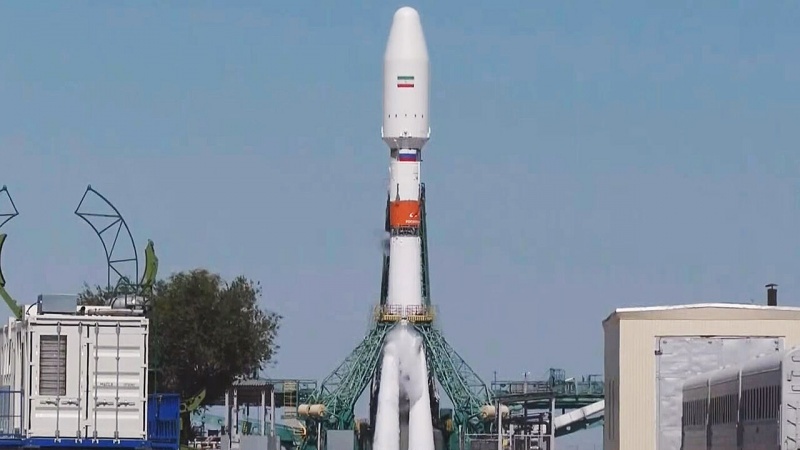
Courtesy of Mehr News Agency
MG/UR
